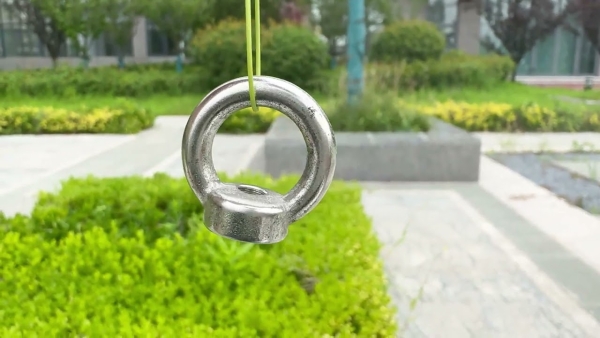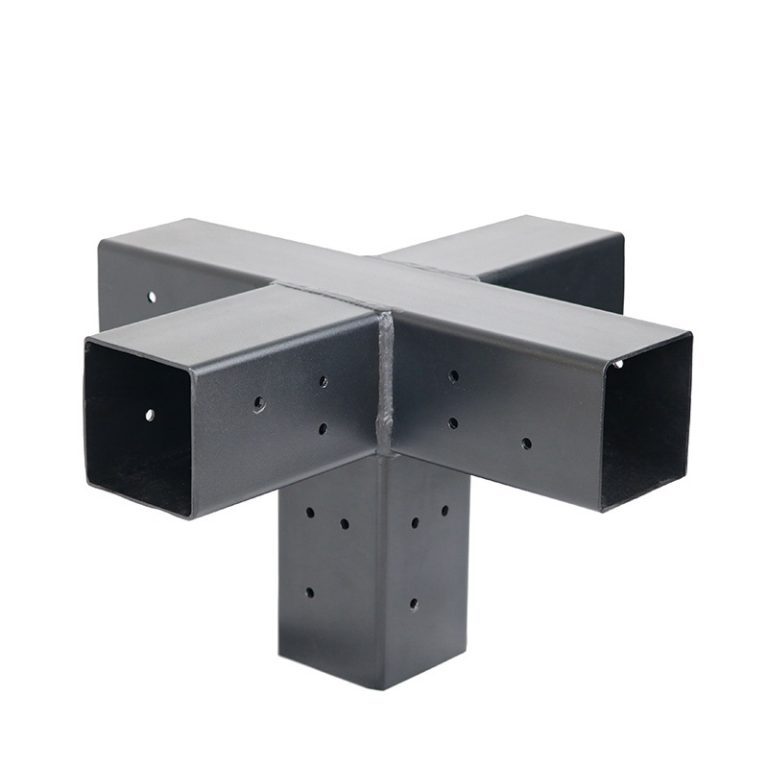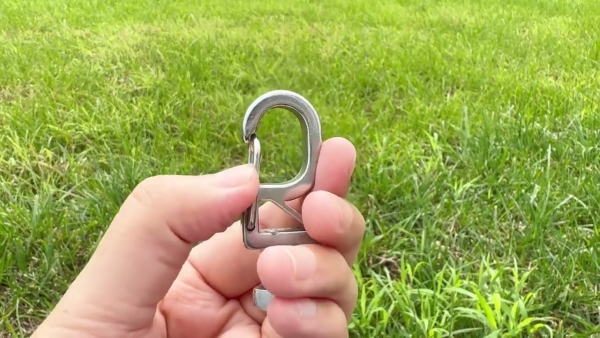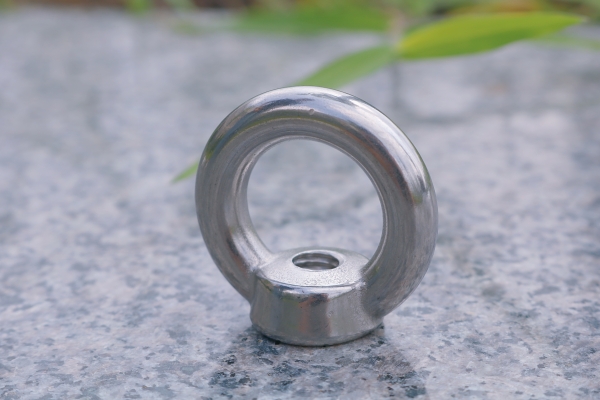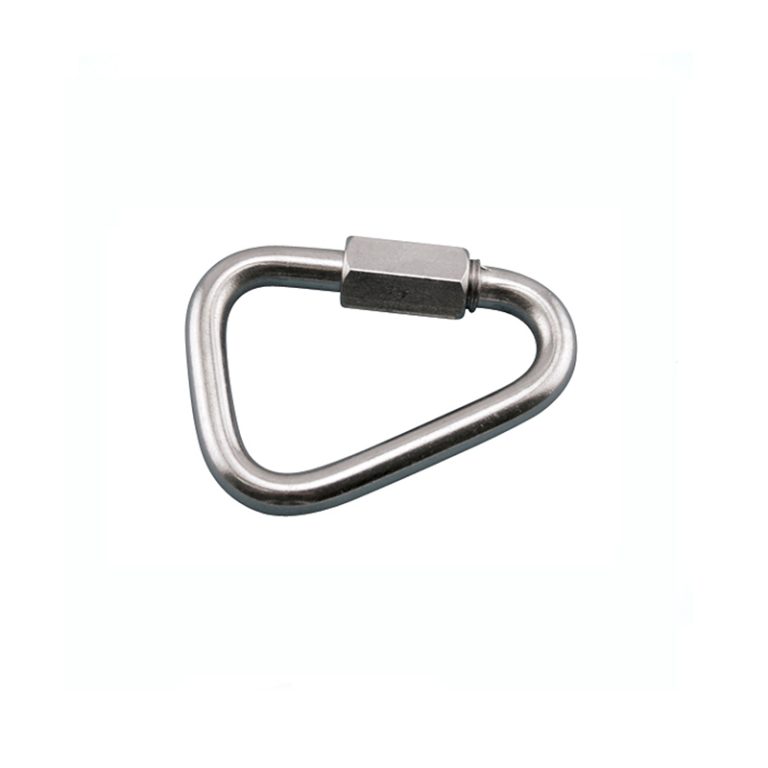Table of Contents
Types of Wood to Consider for Your Pergola
When it comes to selecting the best wood for your pergola, there are several factors to consider. The type of wood you choose will not only affect the overall look and feel of your pergola but also its durability and longevity. In this article, we will discuss some of the most popular types of wood used for pergolas and the characteristics that make them suitable for this purpose.
One of the most common types of wood used for pergolas is cedar. Cedar is a popular choice because of its natural resistance to rot and decay. This makes it an ideal option for outdoor structures like pergolas that are exposed to the elements. Cedar also has a beautiful natural color and grain pattern that can add warmth and character to your outdoor space.
Another popular choice for pergolas is redwood. Redwood is known for its durability and resistance to rot and decay. It is also naturally resistant to insects, making it a great option for outdoor structures. Redwood has a rich, reddish-brown color that can add a touch of elegance to your pergola.
If you are looking for a more affordable option, pressure-treated pine is a good choice for pergolas. Pressure-treated pine is treated with chemicals to make it more resistant to rot, decay, and insects. While it may not have the natural beauty of cedar or redwood, pressure-treated pine is a cost-effective option that can still provide a sturdy and durable pergola.
For a more exotic look, you may consider using tropical hardwoods like teak or ipe for your pergola. These woods are known for their extreme durability and resistance to rot, decay, and insects. However, they can be more expensive than other types of wood and may require more maintenance to keep their natural color and beauty.
When selecting the best wood for your pergola, it is important to consider the climate and weather conditions in your area. Some types of wood may be more suitable for humid or rainy climates, while others may be better suited for dry or arid regions. It is also important to consider the level of maintenance you are willing to commit to your pergola. Some types of wood may require regular sealing or staining to maintain their appearance and durability.
In conclusion, there are several types of wood to consider when selecting the best material for your pergola. Cedar, redwood, pressure-treated pine, and tropical hardwoods are all popular choices that offer different benefits in terms of durability, resistance to rot and decay, and aesthetic appeal. By carefully considering your climate, budget, and maintenance preferences, you can choose the best wood for your pergola that will enhance your outdoor space for years to come.
Factors to Consider When Choosing the Best Wood for Your Pergola
When it comes to selecting the best wood for your pergola, there are several factors to consider in order to ensure that you choose a material that is not only aesthetically pleasing but also durable and long-lasting. The type of wood you choose will have a significant impact on the overall look and feel of your pergola, as well as its ability to withstand the elements and resist decay over time.
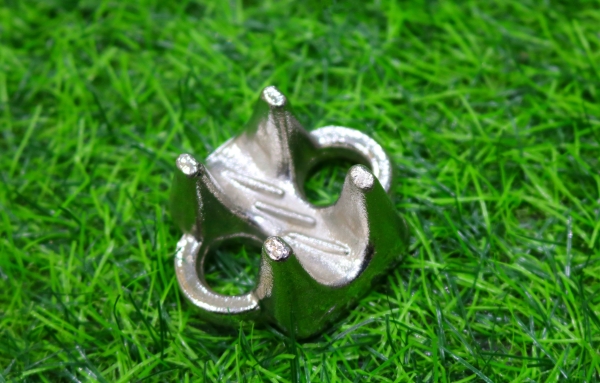
One of the most important factors to consider when choosing the best wood for your pergola is the type of climate in which you live. Different types of wood have varying levels of resistance to moisture, sunlight, and temperature fluctuations, so it is important to select a material that is well-suited to the specific conditions in your area. For example, if you live in a humid climate, you may want to choose a wood that is naturally resistant to rot and decay, such as cedar or redwood. On the other hand, if you live in a dry climate, you may want to choose a wood that is more resistant to cracking and splitting, such as teak or ipe.
Another important factor to consider when choosing the best wood for your pergola is the level of maintenance required. Some types of wood, such as cedar and redwood, are naturally resistant to decay and require minimal maintenance, while others, such as pine and fir, may require regular sealing and staining to prevent rot and decay. It is important to consider how much time and effort you are willing to invest in maintaining your pergola when selecting a wood material.
In addition to climate and maintenance requirements, it is also important to consider the overall aesthetic of your pergola when choosing the best wood material. Different types of wood have unique grain patterns and colors that can add character and charm to your outdoor space. For example, cedar and redwood have a warm, reddish hue that can complement a variety of architectural styles, while teak and ipe have a rich, dark color that can create a more modern and sophisticated look.
When selecting the best wood for your pergola, it is important to consider all of these factors in order to choose a material that is not only beautiful but also durable and long-lasting. By taking the time to research different types of wood and their properties, you can ensure that your pergola will stand the test of time and provide you with years of enjoyment and relaxation in your outdoor space.

